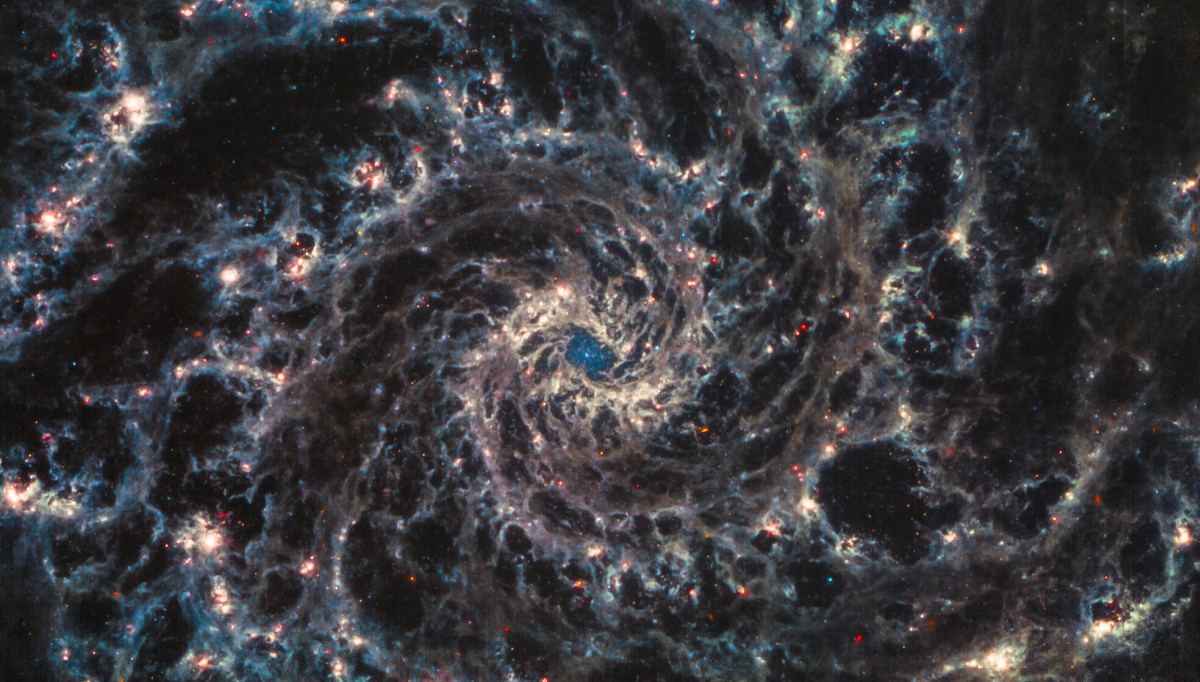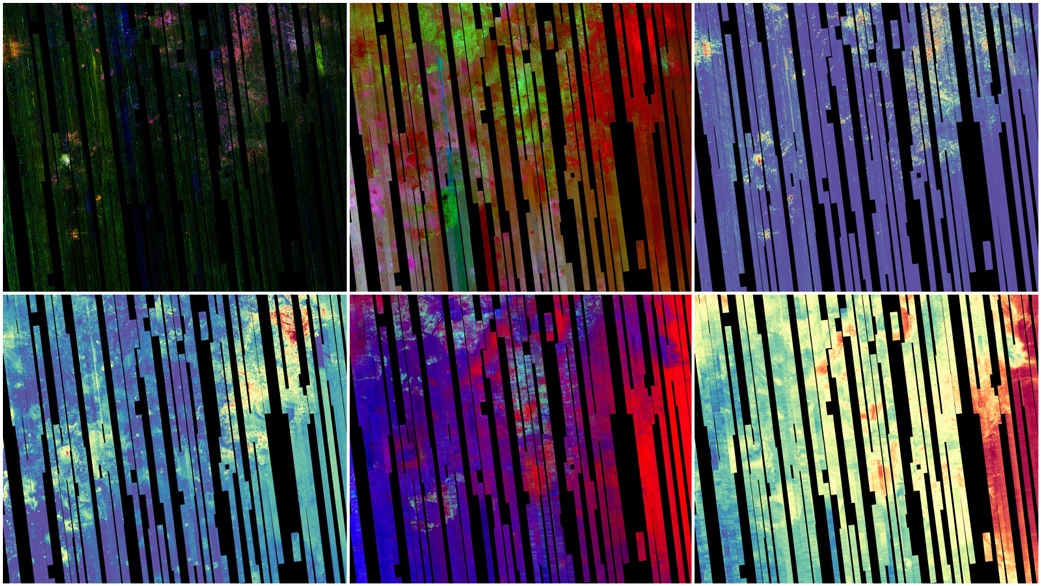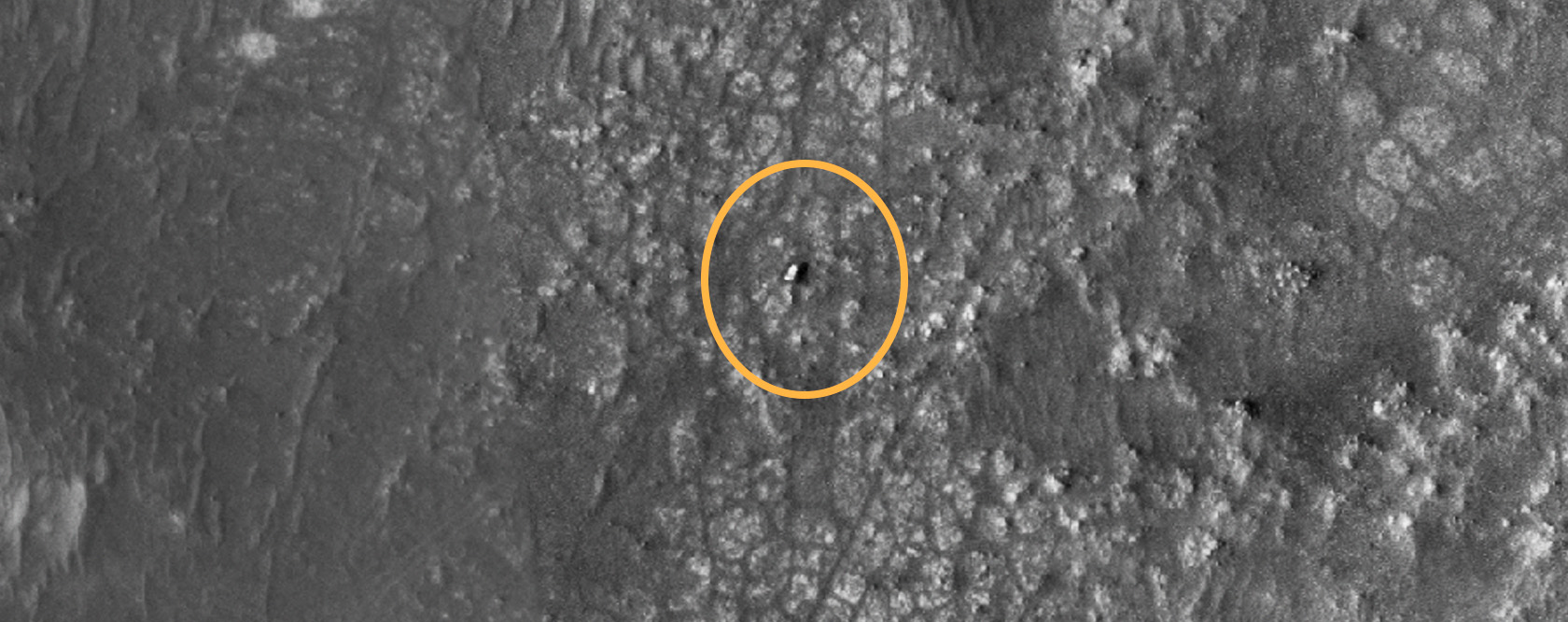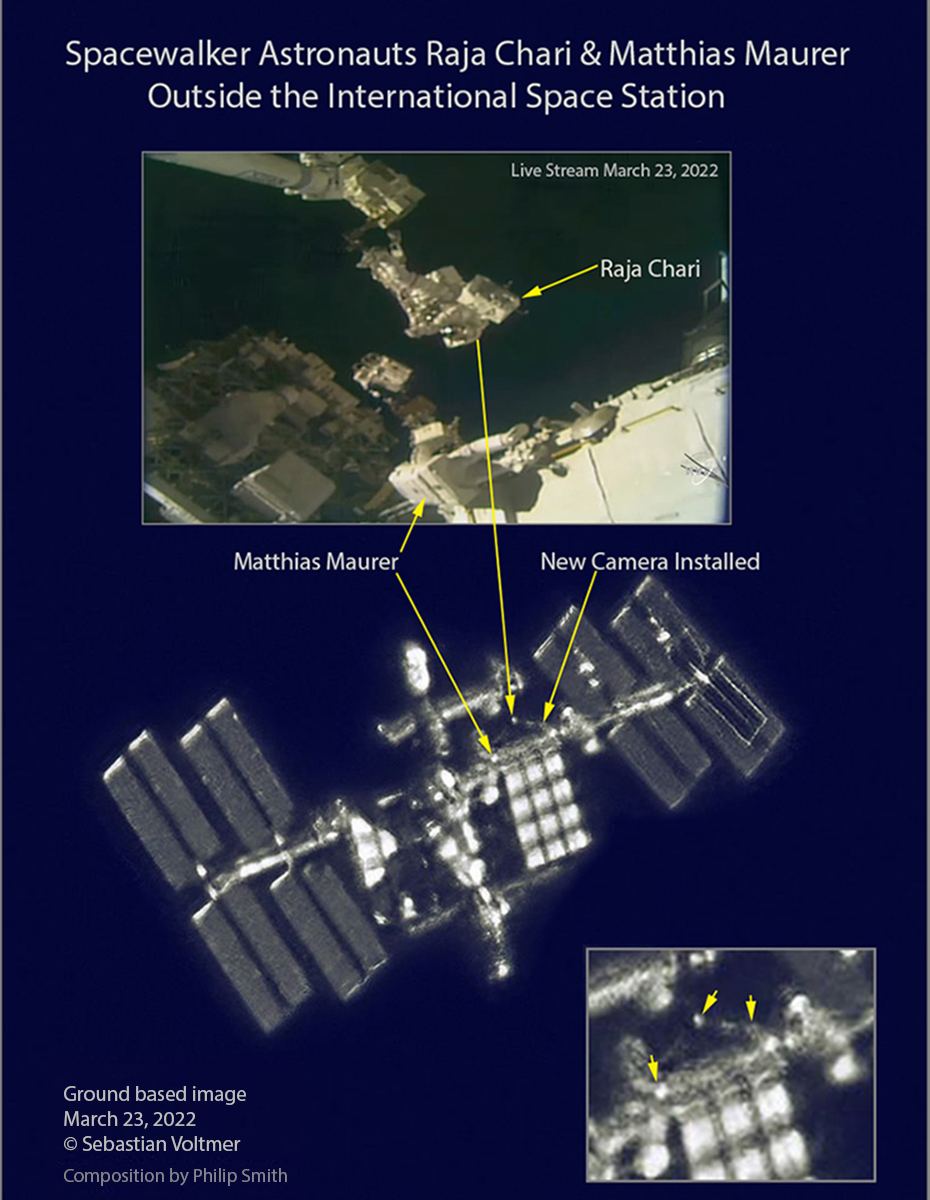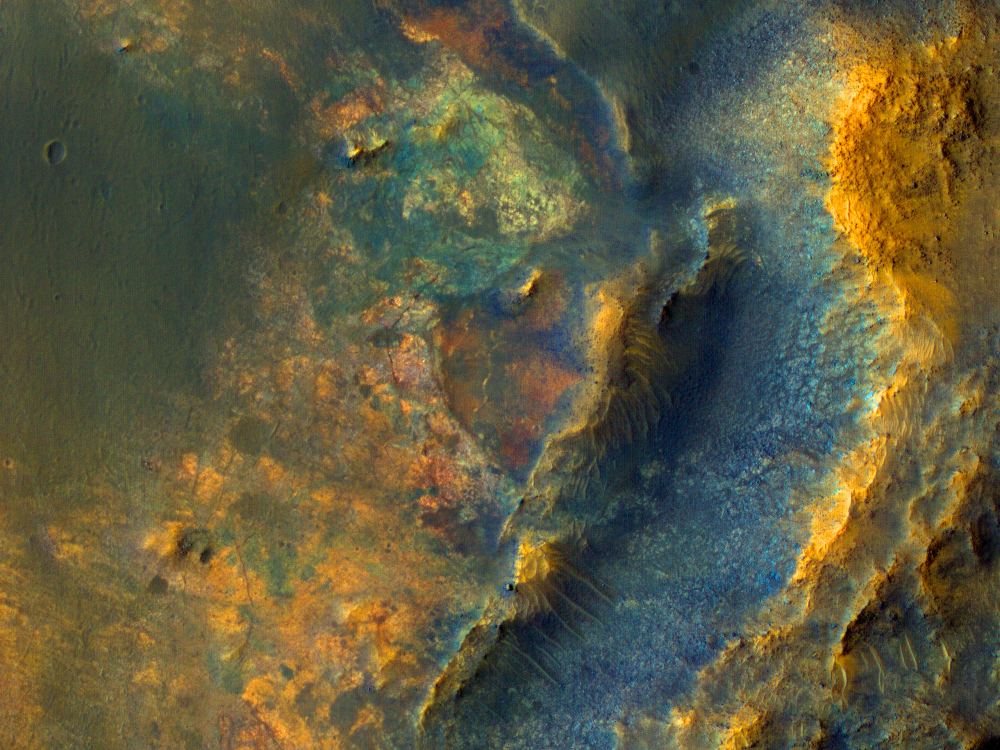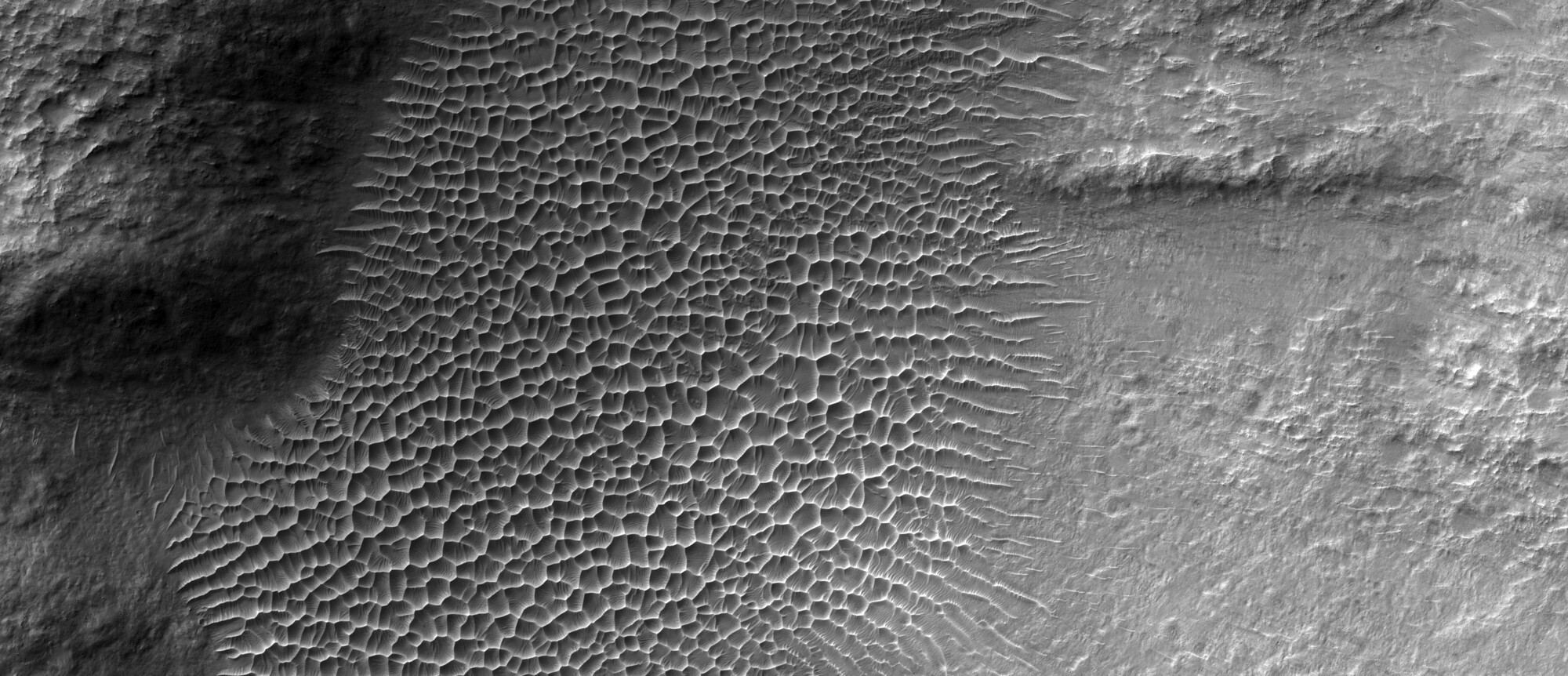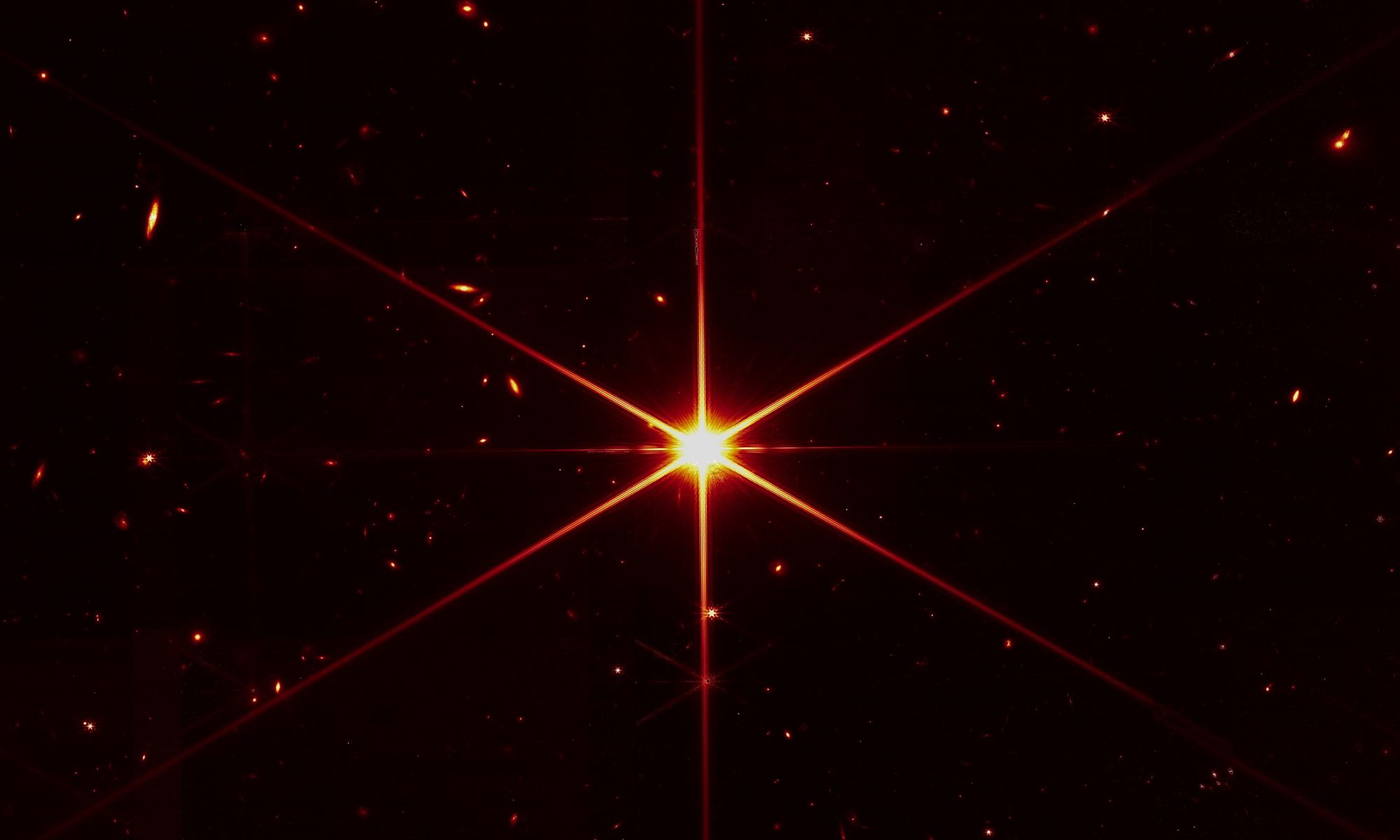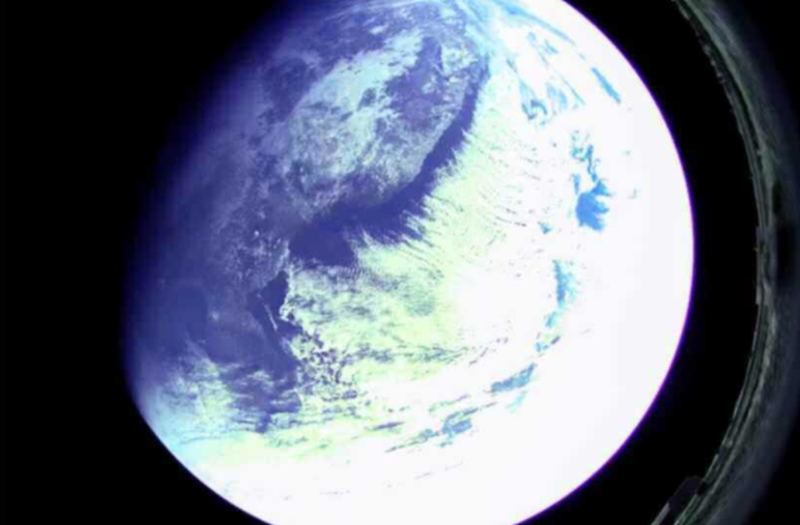The JWST is grabbing headlines and eyeballs as its mission gains momentum. The telescope recently imaged M74 (NGC 628) with its Mid-Infrared Instrument (MIRI.) Judy Schmidt, a well-known amateur astronomy image processor, has worked on the image to bring out more detail.
Continue reading “Here’s M74 Like You’ve Never Seen it Before, Thanks to Judy Schmidt and JWST”Here’s M74 Like You’ve Never Seen it Before, Thanks to Judy Schmidt and JWST
